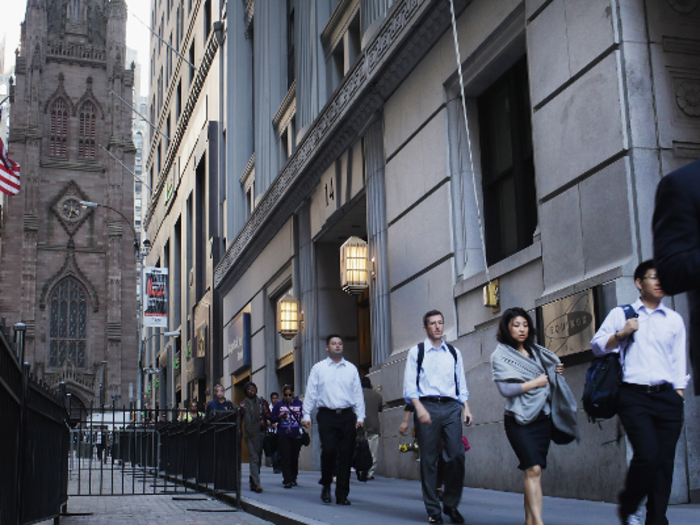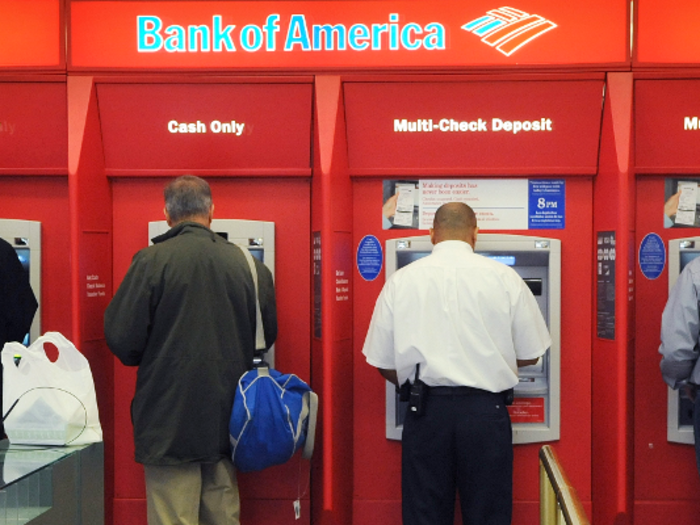- Home
- slideshows
- miscellaneous
- The Fed has been injecting hundreds of billions into markets since September's rate crisis. Here's why it might not be enough to calm lending conditions.
The Fed has been injecting hundreds of billions into markets since September's rate crisis. Here's why it might not be enough to calm lending conditions.
Who receives Fed aid?

A bank-government disconnect

Primary dealers are supposed to hold a certain amount of cash as a cushion for liquidity shortages, but the September crisis pointed to a disconnect between banks and regulators.
Senator Elizabeth Warren penned a letter to Treasury Secretary Steven Mnuchin on October 18 warning him not to ease bank regulations following the liquidity scare. She questioned why banks are relying on Fed aid despite pulling in record earnings.
"Banks are reporting profits at record levels, and it would be painfully ironic if unexplained chaos in a small corner of the banking market became an excuse to further loosen rules that protect the economy from these kinds of risks," Warren wrote.
Mnuchin countered Warren's letter just days after, telling Bloomberg on Tuesday he's open to relaxing the financial crisis-era liquidity laws.
"It's a reasonable question: Have we gone too far in the other direction in requiring the banks to maintain this excess liquidity for intra-day operations," Mnuchin said.
JPMorgan CEO Jamie Dimon expressed a similarly opposing view earlier in October, saying that the bank would've eased the September spike if liquidity laws were less strict.
Whether the federal government eases bank regulations or banks release more of their reserves, both sides have pushed the other to give in.
"Sweet deal" incentives

The central bank currently pays banks a 1.8% yield for cash held in Fed reserves. This incentive freezes lenders from keeping cash ready in times of liquidity crises, according to Bryce Doty, senior portfolio manager at Sit Fixed Income Advisors.
"Banks have little reason to use this cash to take a potential risk of default in the repo market when they are getting such a sweet deal from the Fed," he said.
The Federal Reserve itself seems aware of the issue. Primary dealers "were less willing" to accommodate increased demand for overnight funding in recent months, the Federal Open Market Committee said during its September meeting.
The officials added that some banks "maintained reserve levels significantly above" what they reported as their "lowest comfortable level" in a financial officer survey.
This discrepancy shows banks are holding plenty in reserves, and giving them more cash through repo operations doesn't guarantee it'll reach lending markets during rate spikes, Doty said.
"Limiting the amount of excess reserves that can receive interest instantly unleashes liquidity currently locked up at the Fed as banks seek to earn something on the portion of their cash no longer earning 1.8%," he said.
Year-end pressures

Even if the Fed knew just how much cash to inject and how to distribute it, year-end bank reporting could raise new obstacles in the overnight lending market.
Banks will look to shrink their balance sheets as the year comes to a close, JPMorgan analysts said, as fewer reported liabilities helps firms score better in regulatory tests. The scores dictate how much capital banks must hold in emergency reserves, and firms prefer boosting free cash flow over holding cash as collateral.
The Fed's capital injections will only grow less effective as primary dealers prioritize their liquidity mandates over short-term lending markets, the analysts said.
"With year-end coming up, this is all likely to get much worse, in our view, before it gets better," they added.
Now read more markets coverage from Markets Insider and Business Insider:
Popular Right Now
Popular Keywords
Advertisement